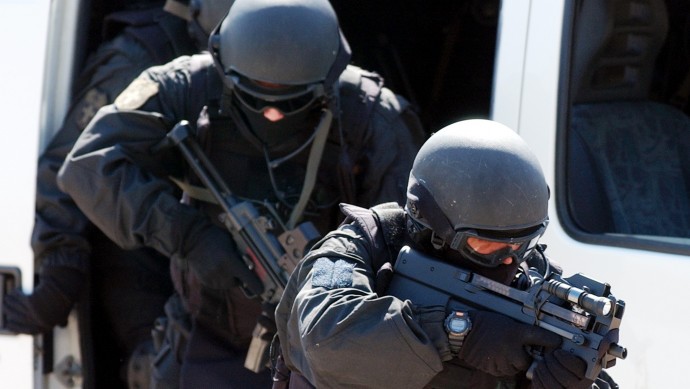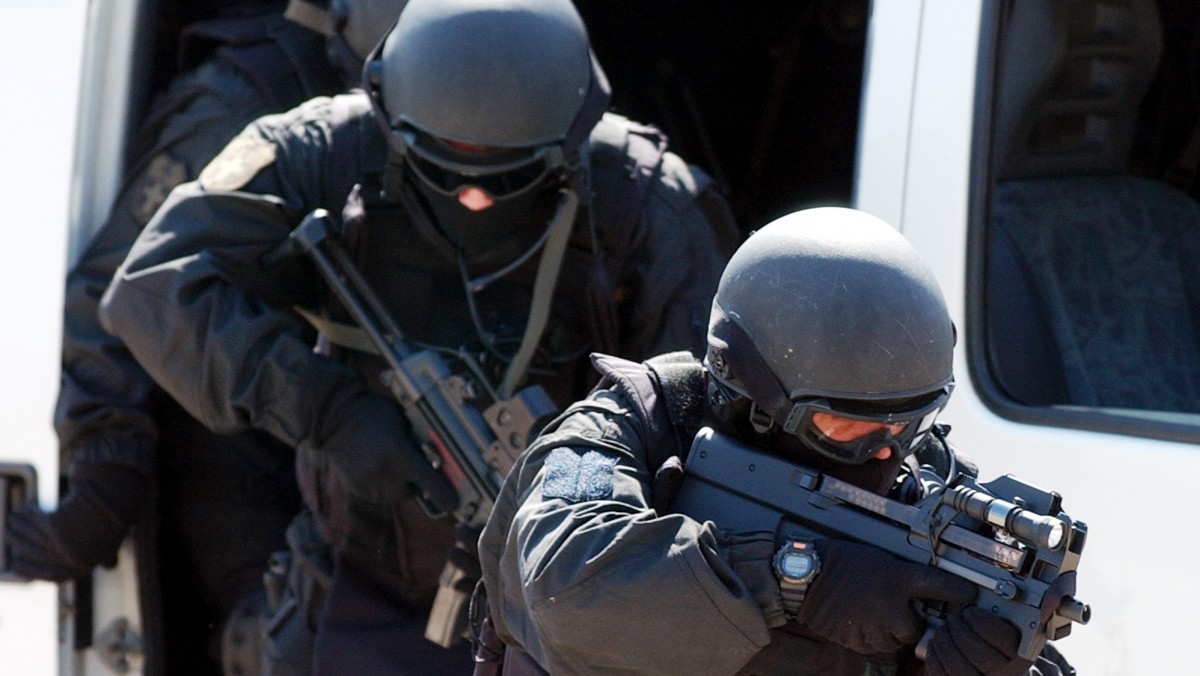
(MintPress) — Expenditures on national security have increased by more than $1 trillion since Sept. 11, a sharp rise that many experts in defense and domestic policy circles criticize as inflated and unnecessary.
While the threat from foreign jihadi terrorism still poses a threat to U.S. national security, a growing number of experts contend that the buildup of the Department of Homeland Security (DHS) and the Central Intelligence Agency (CIA) has led to an increased militarization of public spaces and an onslaught of “anti-terror” legislation curbing civil liberties.
Overstating the threat of terrorism?
Many will argue, correctly, that there has not been a single terrorist attack on U.S. soil since Sept. 11. Although increased spending on domestic anti-terrorism initiatives helped to thwart legitimate threats, many of the foiled plots have been misrepresented as well-orchestrated plots with funding and elaborate support from al-Qaida cells abroad.
Political scientists John Mueller and Mark G. Stewart write in their article, “The Terrorism
Delusion America’s Overwrought Response to September 11,” that the buildup of domestic intelligence and anti-terror initiatives were excessive given the relatively small number of foiled plots after 9/11.
In the months after 9/11, the intelligence community, along with New York City mayor Rudy Giuliani, believed that America would face many similar attacks “on the same scale as 9/11.”
In reality, however, many of these plots Mueller and Stewart report were the work of lone wolves and mentally deranged individuals with little or no connection to the broader al-Qaida organization, an organization that lost its charismatic figurehead, Osama bin Laden, during a U.S. raid in 2011.
In 2009, the Department of Homeland Security issued a report highlighting “the nature of the terrorist adversary” and ways to “protect the homeland.” While the authors of the report write extensively about the 50 known plots that were disrupted and foiled, there is little discussion about the character of the terrorists and their motives for wanting to attack Americans.
Mueller and Stewart report that often the authors of the case studies “with remarkably few exceptions, describe their subjects with such words as incompetent, ineffective, unintelligent, idiotic, ignorant, inadequate, unorganized, misguided, muddled, amateurish, dopey, unrealistic, moronic, irrational and foolish.”
The investigation finds that FBI agents most often used the word “gullible” to describe these would-be terrorists.
A few terrorists, including the Time Square car bomber in 2010 and the “underwear bomber” in 2009, possessed the wherewithal to carry out their attacks, many more simply had impossible, far-fetched ideas to inflict harm with no material or logistical support.
Mueller and Stewart comment on this, saying, “In addition, although some of the plotters in the cases targeting the United States harbored visions of toppling large buildings, destroying airports, setting off dirty bombs or bringing down the Brooklyn Bridge, all were nothing more than wild fantasies, far beyond the plotters’ capacities however much they may have been encouraged in some instances by FBI operative.”
The war on terror and the military buildup
Some security experts contend that although there have been few credible threats since 9/11, the security buildup was a necessary deterrent to would-be terrorists. However, many, including Stephen Walt, professor of International Relations at Harvard University, contend that there is little basis, writing in a recent article, “What Terrorist Threat?”:
“Using conservative assumptions and conventional risk-assessment methodology, the annual risk of dying in a domestic terrorist attack is about 1 in 3.5 million.” Walt continues saying that in order to justify the $1 trillion increases in homeland security and defense spending, officials “would have had to deter, prevent, foil or protect against 333 very large attacks that would otherwise have been successful every year.”
While the international al-Qaida organization still remains active in terrorist plots around the world, 17 documents known as the “Bin Laden Papers” released May reveal a downtrodden bin Laden, lamenting significant losses his organization faced during the U.S. war in Afghanistan.
The papers answered many lingering questions about the state of al-Qaida and global jihadist groups during the months leading up to bin Laden’s demise. Indeed bin Laden admitted in correspondence with al-Qaida colleagues that the organization had become a shell of its former self, no longer possessing its former strength.
Obama a neocon?
This has not dissuaded policy makers from using “terrorism” and the “war on terror” as a pretext to use military force in Iraq and Afghanistan, and on a smaller scale in Pakistan, Yemen and Somalia. This aggressive foreign policy, using military force to thwart foes both real and imagined, has its roots in Cold War.
Neoconservative foreign policy was born out of the Cold War Reagan Doctrine, a belief promoting U.S. superiority and unilateral action.
Neoconservatives, or “neocons,” typically believe in robust military spending and direct use of military force to overthrow regimes seen as unfavorable to U.S. interests. This exercise of military force was used throughout the Cold War to combat what many U.S. officials saw as a “threatening” leftist ideology spreading throughout Latin America and East Asia.
During the 1980s in Nicaragua, neocon “moral interventionism” took the form of training and supporting murderous right wing paramilitary forces responsible for killing tens of thousands of unarmed civilians and attacking the democratically elected Sandinista government.
This ideology and unapologetic exercise of military force has continued during the post-9/11 era, replacing Cold War foes with al-Qaida and jihadi fundamentalists.
The war on terror has led to two NATO campaigns in Iraq and Afghanistan as well as expanded use of unmanned military drones, striking targets in Pakistan, Yemen and Somalia.
These wars, and the subsequent drone strikes, have yielded some successes including taking out high level al-Qaida operatives: Osama bin Laden in 2011, Abu Yahya al-Libi in 2012 and Anwar al-Aulaqi in 2011.
However, drone strikes have been criticized for their violations of national sovereignty and large number of civilian deaths. According to the Bureau of Investigative Journalism, U.S. drone strikes have killed 482-832 civilians since 2004.
The rise of domestic terrorism
While the threat of organized “Islamic terrorism” remains real, the precipitous rise of white supremacist and right-wing nationalist groups poses a much larger threat to national security.
This month, a lone gunman with ties to a white supremacist organization opened fire at a Sikh temple, killing seven worshippers. In a separate incident, an unidentified group burned a mosque in Joplin, Mo., a hate crime thought to be connected to a Muslim hate group.
The Southern Poverty Law Center (SPLC), an advocacy group fighting racism and domestic terrorism, reports that there are now more than 1,018 known hate groups active across the U.S. today.
While the size and threat of these groups vary considerably, SPLC reports there are a growing number of home grown terrorist groups, including neo-Nazis, Klansmen, white nationalists, neo-Confederates, racist skinheads, black separatists and border vigilantes.
Since 2000, the SPLC estimates that these groups have grown by 69 percent, posing a much larger danger than exterior threats to U.S. targets both domestically and abroad.


